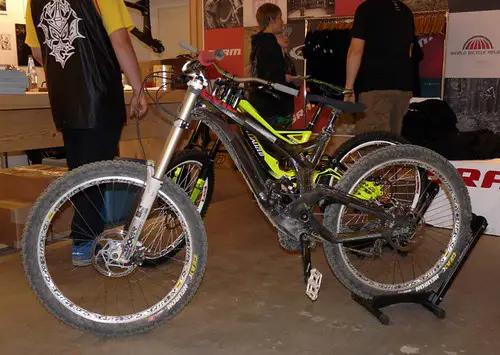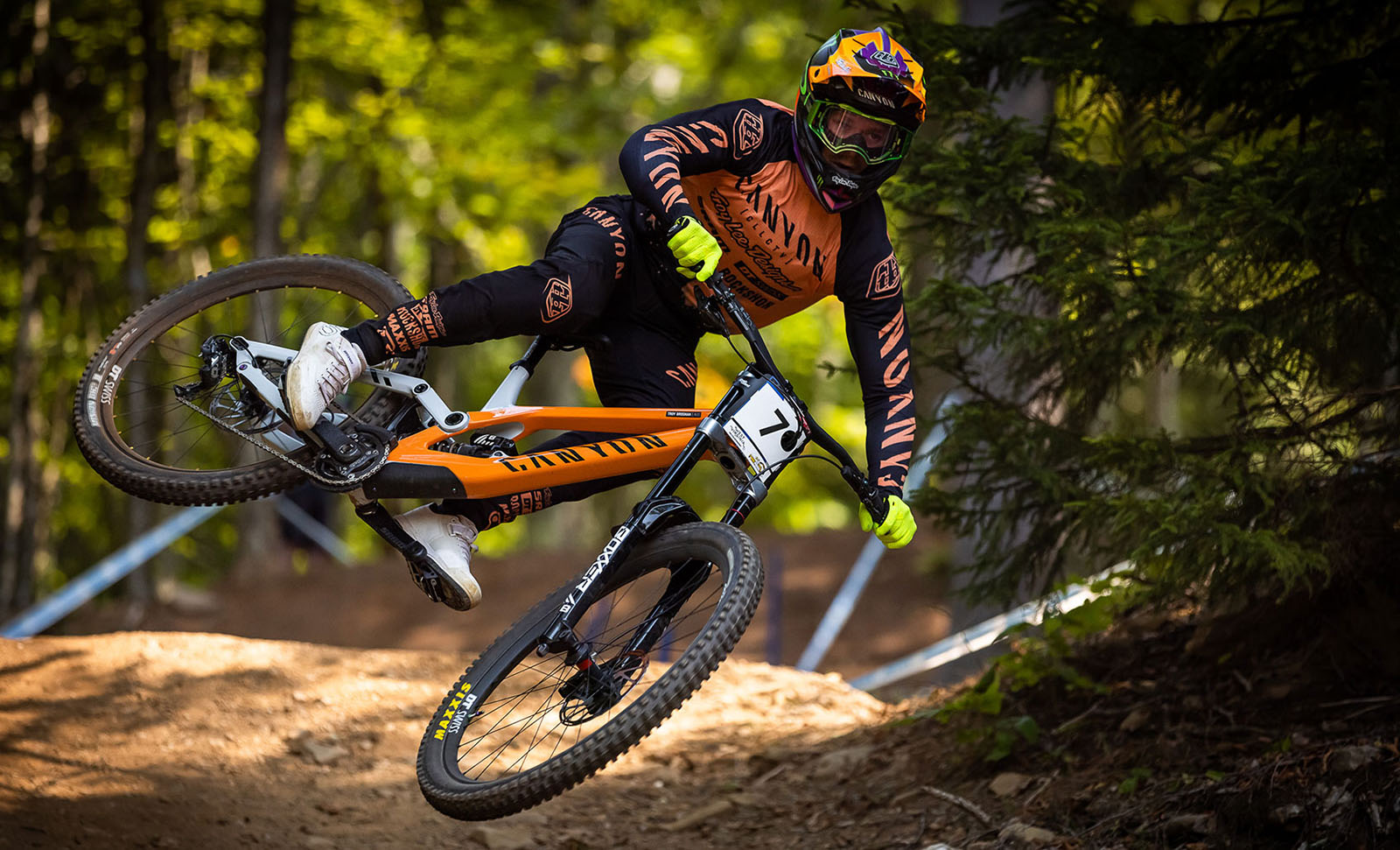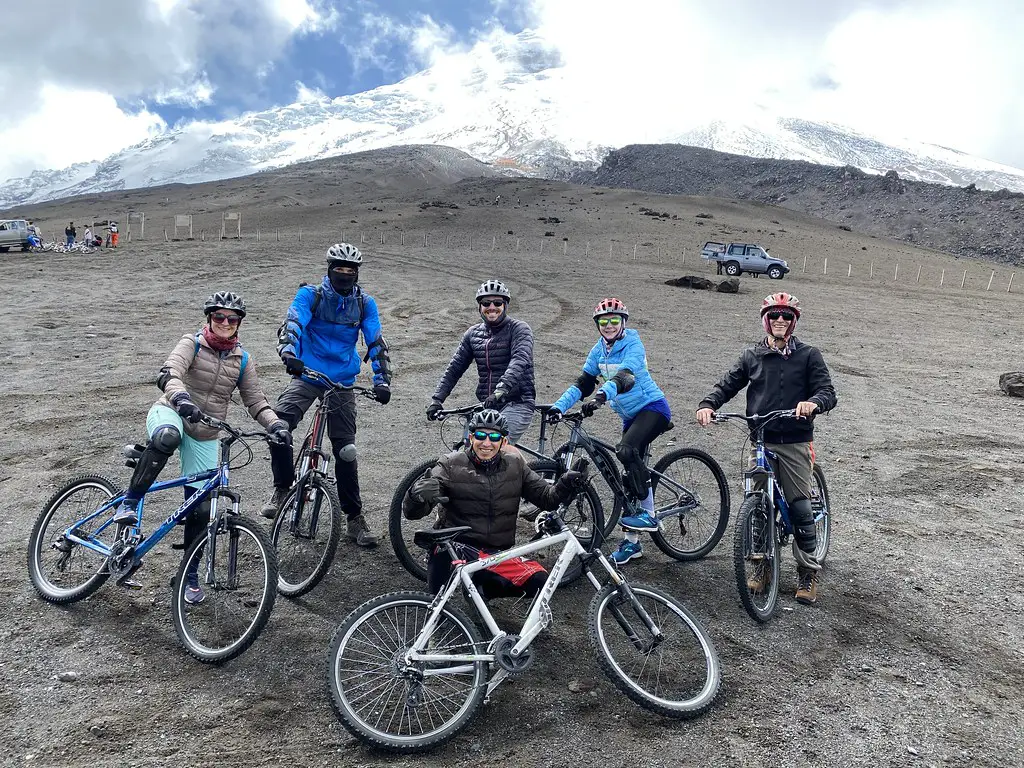Downhill Mountain Bikes: The Ultimate Guide to Shredding Downhill Trails
For adventurers in search of the ultimate rush, there’s no experience quite like the adrenaline-fueled descent of a downhill mountain biking trail. The wind in your face, the earth beneath your wheels, and the raw, primal thrill of speed combine into an experience like no other. But achieving this epic ride entails more than just a tough bike and a steep slope; it involves skill, preparation, and an understanding of the sport’s unique challenges.
In this comprehensive guide, we explore the high-speed world of downhill mountain biking, designed to help both rookies and seasoned riders prepare for the descent and make the most of every trail. From selecting the right bike and essential gear to mastering the technical skills and understanding trail safety, join us as we traverse the exhilarating landscape of DH riding.

Choosing the Right Downhill Bike
The importance of choosing the correct bike for downhill mountain biking cannot be overstated. The right bike will not only enhance your performance but also ensure your safety on the trail. Key features to consider when selecting a DH bike include:
- Frame Strength and Suspension:
- DH bikes require robust frames and full-suspension systems capable of withstanding the abuse of rough terrain and high-impact landings.
- Decide between different suspension systems such as single pivot, dual-link, or split-pivot for their respective advantages in pedaling efficiency and small or large bump compliance.
- Wheelbase and Geometry:
- Longer wheelbases and slacker headtube angles provide stability at high speeds and confidence in steep sections.
- Ensure the bike’s geometry suits your riding style and body proportions for optimal comfort and control.
- Brakes and Drivetrain:
- Powerful brakes, often hydraulically operated disc brakes, are a necessity for managing speed effectively on downhill trails.
- A simplified drivetrain with fewer gears (like a 1x) reduces the chance of mechanical failure and offers ease of use.
- Tires and Wheels:
- Look for wide, durable, and grippy tires designed for DH conditions to handle varied terrain and offer traction when you need it most.
Keeping these features in mind, it’s essential to balance your ideal bike specifications with your budget. Entry-level downhill bikes offer solid performance for beginners, while advanced riders might prioritize carbon frames and high-end components for the edge in competition.
Essential Gear for Downhill Riding
Riding downhill isn’t just about the bike—it’s also about the gear that keeps you safe and comfortable. Essential gear for any DH adventure includes:
- Helmet: Protect your head with a full-face helmet designed for downhill riding. It should provide ample ventilation while offering maximum protection for the face and cranium.
- Body Armor:
- Elbow and knee pads, as well as a spine protector, are crucial for guarding against injury during falls and collisions.
- Chest and shoulder protectors can also be worn for additional safety.
- Footwear and Gloves:
- Choose flat-soled shoes with good traction for flats or dedicated DH shoes for use with clipless pedals.
- Gloves offer better grip and protection for hands during falls or rough sections.
- Clothing:
- Wear durable, moisture-wicking clothing that is appropriate for the weather conditions and protects against brush and potential falls.
- A downhill mountain biking jersey features long sleeves for additional coverage.
- Hydration Pack:
- Stay hydrated on long rides with a pack that includes a water bladder.
- Many packs also offer additional storage for tools and first-aid supplies.
- Tools and Spare Parts:
- Carry a multi-tool, tire lever, spare tube, and a mini-pump for basic repairs and maintenance.
- For longer rides, consider a chain tool and spare derailleur hanger as well.
Ensuring you have the right gear before hitting the trail can make all the difference in your safety and enjoyment.
Mastering Downhill Techniques
Regardless of your experience level, mastering specific downhill mountain biking techniques is critical to your enjoyment and success on the trail. Here are a few foundational skills to focus on:
- Body Positioning:
- The correct body position allows you to distribute your weight and maintain control over the bike.
- Keep your pedals parallel to the ground, stand with your knees and elbows slightly bent, and hover your body over the saddle.
- Maintain a centered position between the wheels for the most control.
- Braking:
- Learn to modulate your brakes to adjust your speed without skidding or locking up the tires.
- Use both brakes, but apply more pressure to the front brake for maximum stopping power.
- Cornering:
- Approach corners wide, then look through the turn to set your bike’s trajectory.
- Lean your body and bike together while maintaining your center of gravity to reduce the chances of losing traction.
- Jumping and Dropping:
- Start with small features and work your way up, learning to take off and land smoothly.
- Use your legs as shock absorbers to dissipate the impact and maintain control.
- Obstacle Negotiation:
- When faced with rocks, roots, or ruts, use your arms and legs as suspension to absorb the impact and maintain traction.
- Keep your vision up and look for the smoothest line through the obstacle.
Developing these skills through practice and, if possible, guidance from a more experienced rider, can lead to significant improvements in your downhill performance.
Exploring Top Downhill Trails
The allure of the downhill mountain biking community lies in the variety and challenge of its trails. Here are some of the most renowned downhill trails:
- Whistler Bike Park, Canada:
- A mecca for mountain bikers, Whistler offers an extensive network of trails for all skill levels, including the legendary A-Line and the technical, root-filled double-black-diamond trail known as Crank It Up.
- Fort William, Scotland:
- Home to the UCI Mountain Bike World Cup, the Nevis Range near Fort William features courses that test even the most seasoned riders with steep gradients and natural features.
- Schladming, Austria:
- Renowned for its long, flowy trails and the iconic natural downhill track which hosted the 2017 Downhill World Championships.
- Red Bull Hardline, Wales:
- An invite-only, freeride downhill course with some of the biggest jumps and gnarliest features in the world, designed to push the limits of DH biking.
When exploring these or any downhill trails, it’s important to start with trails that match your skill level and progressively work your way up to more challenging offerings.
Safety Tips for Downhill Riding
The thrill of downhill mountain biking should always be accompanied by a strong sense of responsibility and adherence to safety protocols. Here are some important safety considerations:
- Trail Familiarity:
- Before a downhill run, walk the trail to identify potential hazards, technical sections, and safe lines.
- Start with easier trails and progress at your own pace.
- Ride Within Your Limits:
- Pushing your boundaries is part of the sport, but never ride beyond your skill level.
- Always remember that it’s okay to walk sections that are too difficult or unnerving.
- Buddy System:
- Ride with a partner or group, and ensure someone knows your planned route and return time.
- Stay within sight while on the trail to provide assistance if needed.
- Trail Etiquette:
- Yield to other riders and hikers, especially on multi-use trails.
- Be courteous and alert others to your presence with a friendly shout or bell.
- Weather Awareness:
- Be prepared for changing weather conditions and know when it’s best to stay off the trail due to rain, which can cause damage and make trails unsafe.
- Respect Wilderness:
- Pack out what you pack in and stay on designated trails to minimize environmental impact.
By prioritizing safety, you can enjoy the thrill of downhill riding with a clear conscience and ensure the longevity of this magnificent sport and the natural landscapes it traverses.
Conclusion
Downhill mountain biking is more than just a sport; it’s an art form that marries the beauty of the outdoors with the thrill of speed and technical prowess. With the right bike, gear, techniques, and respect for the trail, you can maximize your experience on each awe-inspiring descent.
Remember, the mountain biking community thrives on camaraderie and shared stoke, so don’t be afraid to seek advice from fellow enthusiasts, hit the trails, and conquer that downhill run you’ve been eyeing. By integrating these insights into your DH biking endeavors, you’re primed not just to ride, but to push your limits, improve your skills, and deepen your enjoyment of this exhilarating sport.







